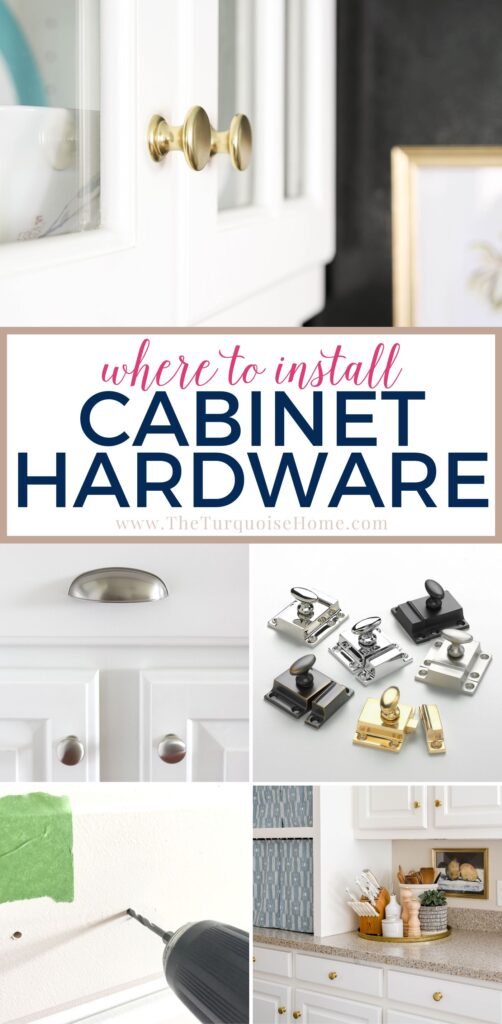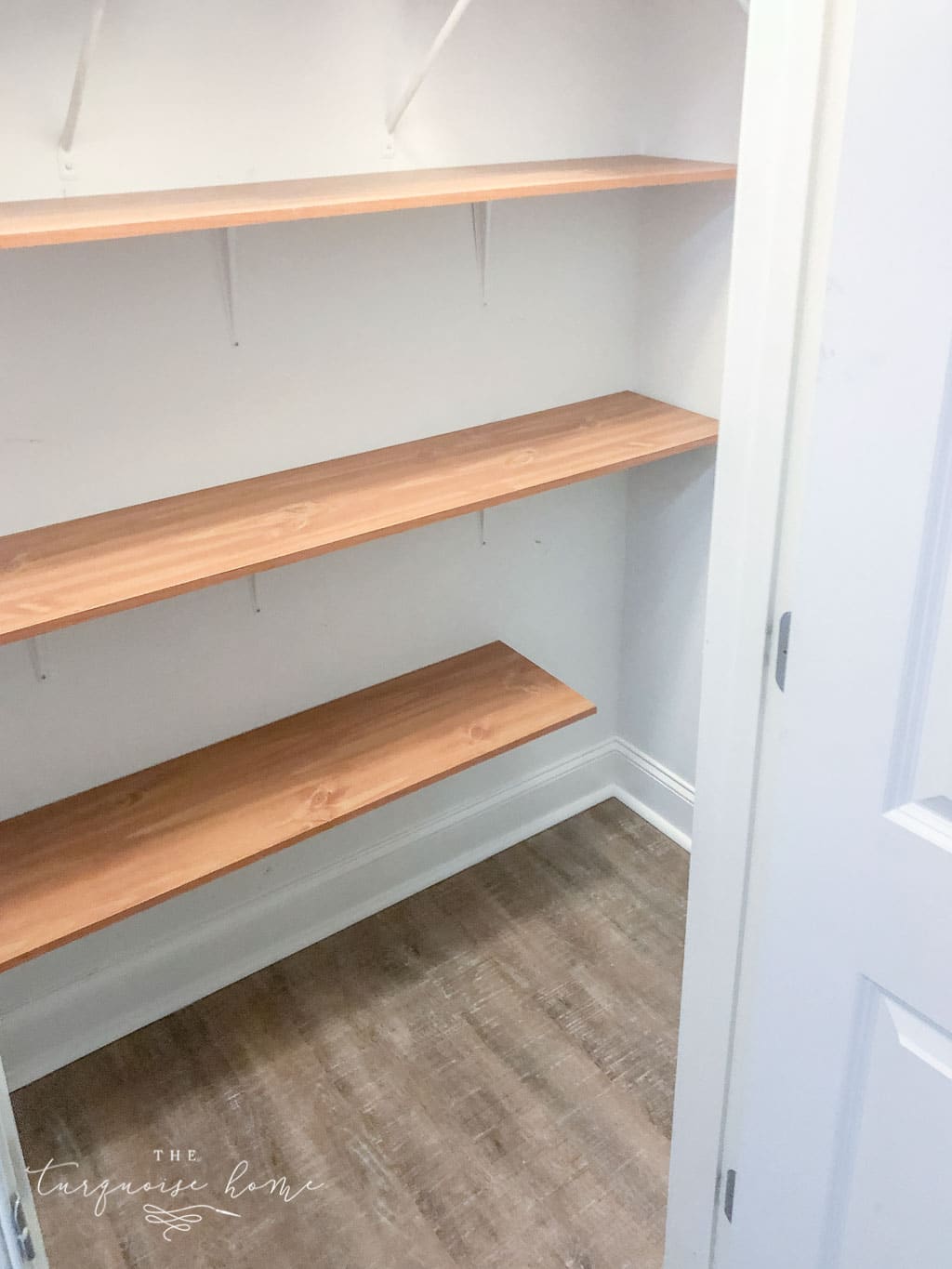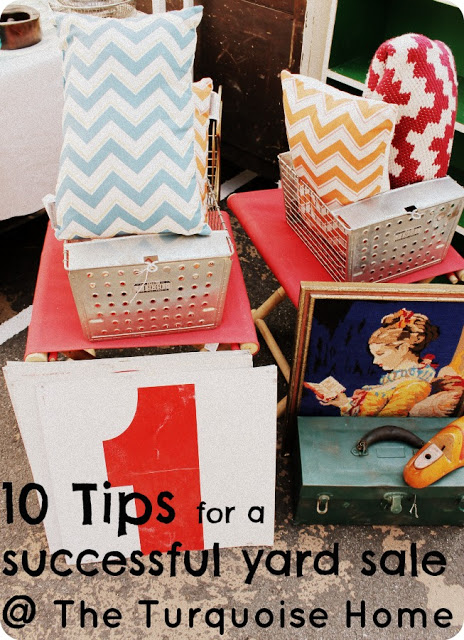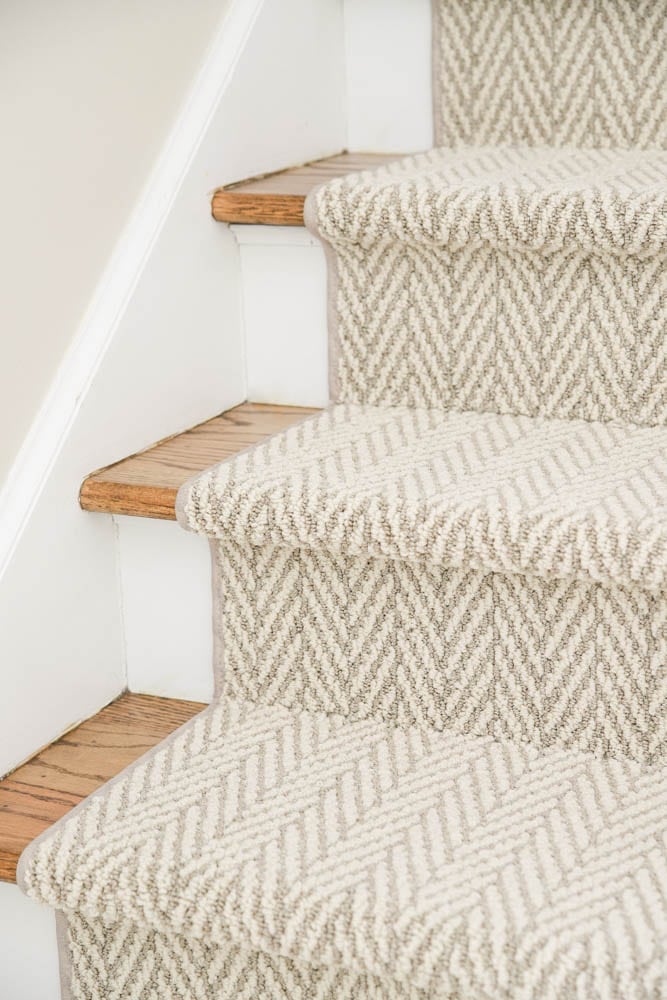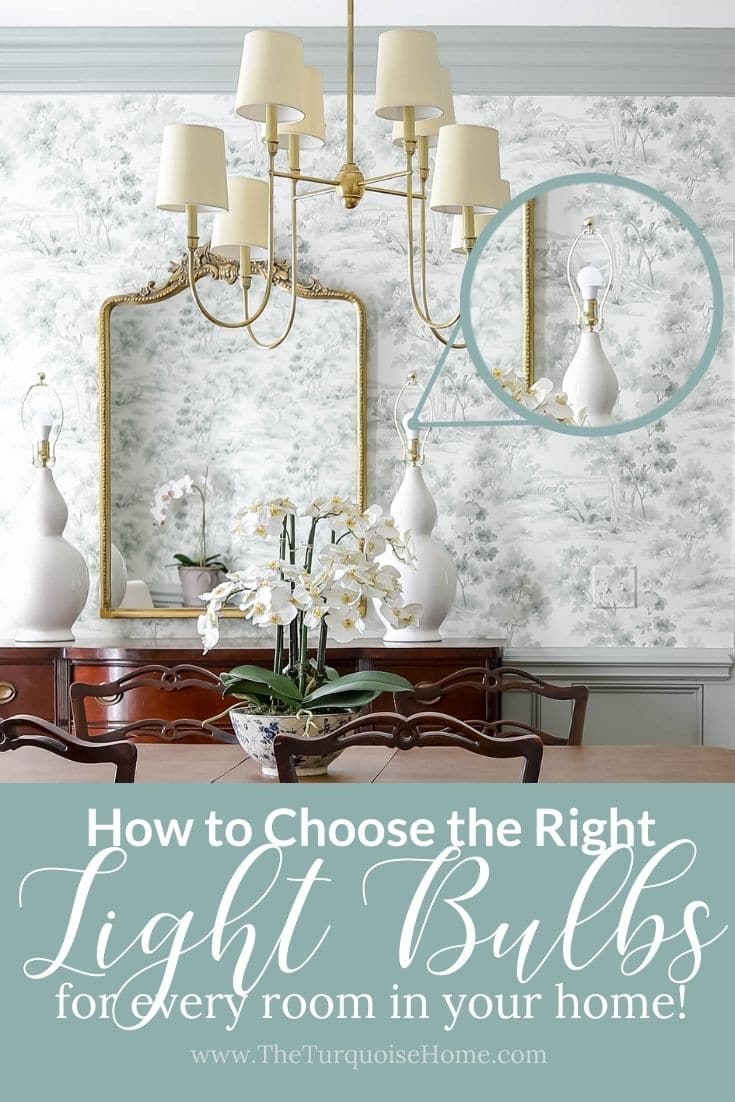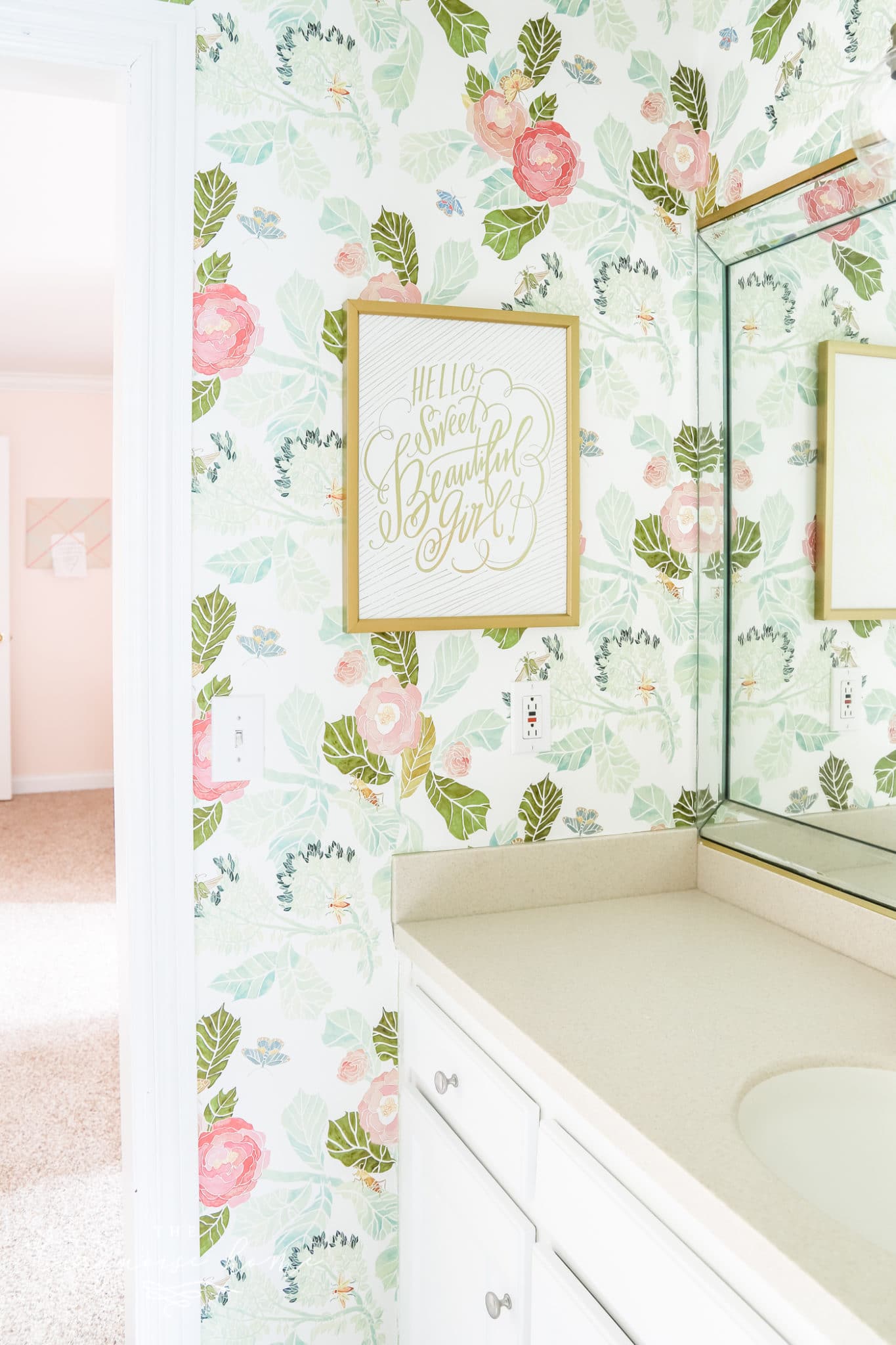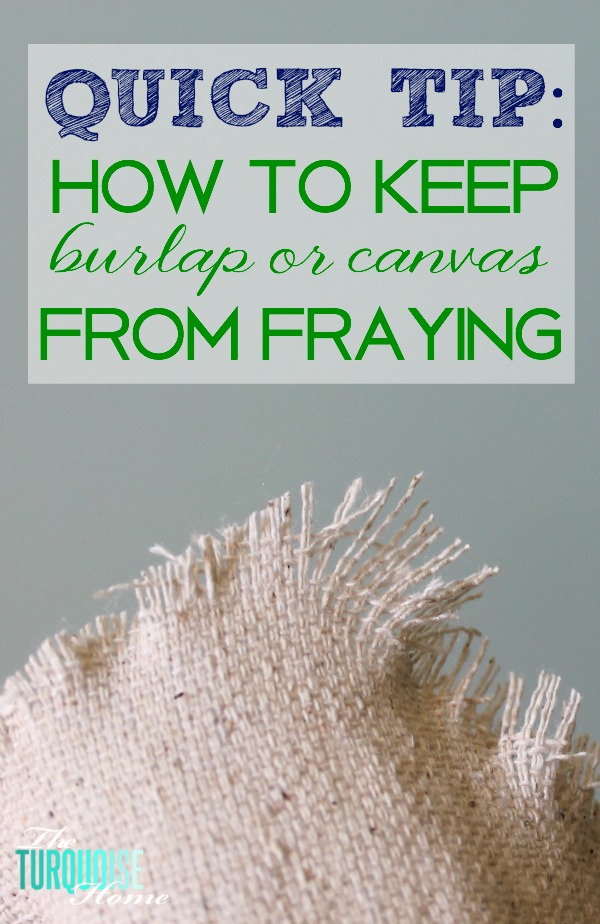Ideal Cabinet Knob Placement
Cabinet hardware adds that final touch of personality to your kitchen decor. Believe it or not, cabinet knob placement can affect the functionality of the entire space. Learn the general guidelines and tips to help nail where to put knobs, handles, latches and pulls on kitchen cabinets!
The placement of knobs on cabinets is one part practicality and one part style preference. While the ideal cabinet hardware design can add that final needed touch to kitchen decor, correctly positioning it significantly impacts the room’s functionality.
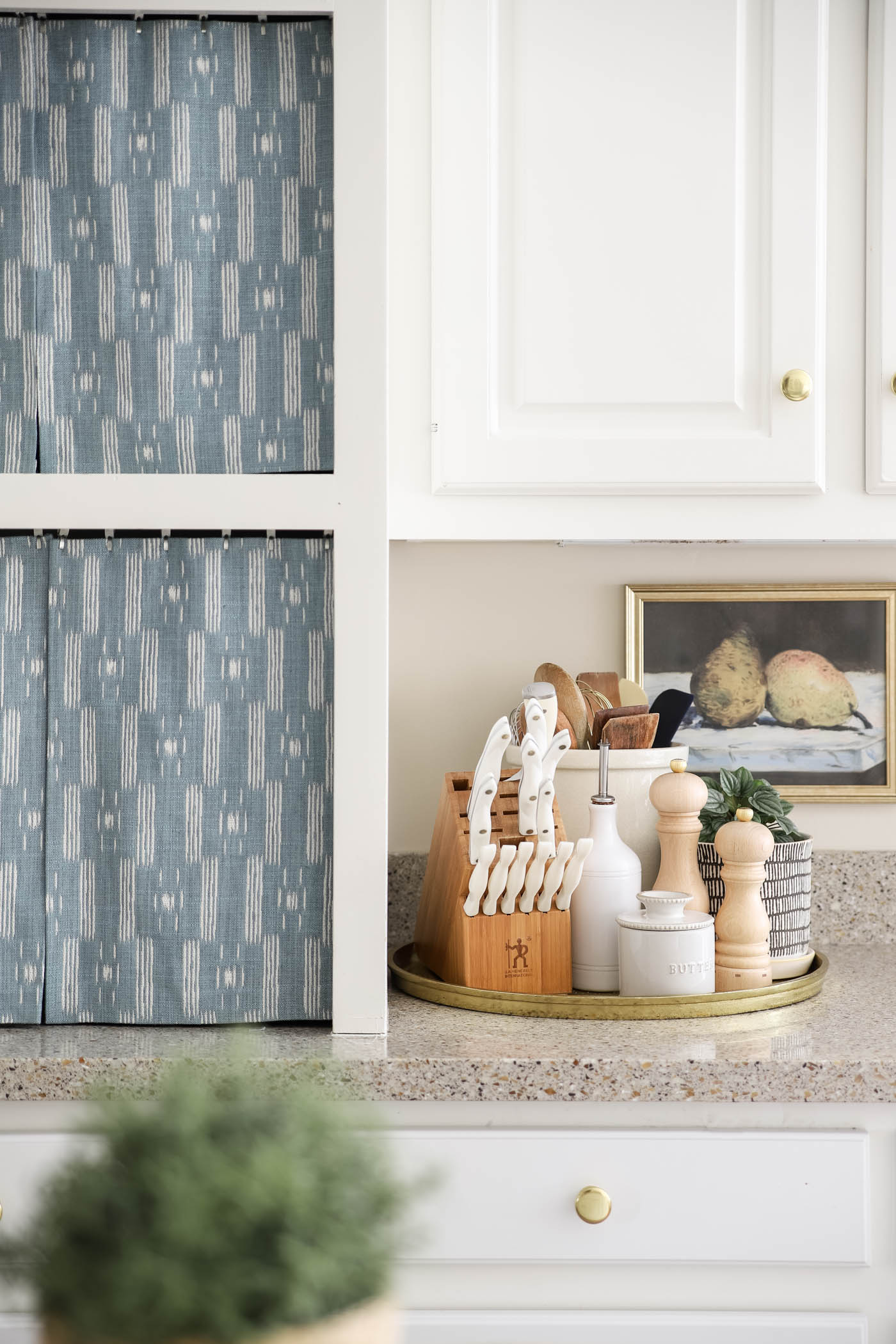
Is there a right and a wrong when it comes to the placement of knobs on cabinets? Where do cabinet knobs and pulls go? These questions aren’t ones that we usually ask ourselves unless we are standing in front of brand new cabinets and wondering where to drill holes!
There’s no hard and fast rule for where to place kitchen cabinet knobs. However, there are some commonly used suggestions to help with both aesthetics and functionality. For example, placing cabinet hardware near the top of an upper cabinet would put it out of reach for most people.
I will share these standard practices and a few helpful tips with you to help turn your kitchen decor from okay to stunning.
Cabinet knobs and pulls options
If you haven’t walked through the cabinet hardware section in a while, you may be surprised at just how many styles and options there are! Before we get into placement suggestions, I need to quickly cover the different styles because it will help you choose your new hardware and determine placement.
Knobs
I think we all know what knobs are. They have many benefits, from pricing to the fact that you only need to drill one hole into your cabinet (instead of 2 holes for bars).
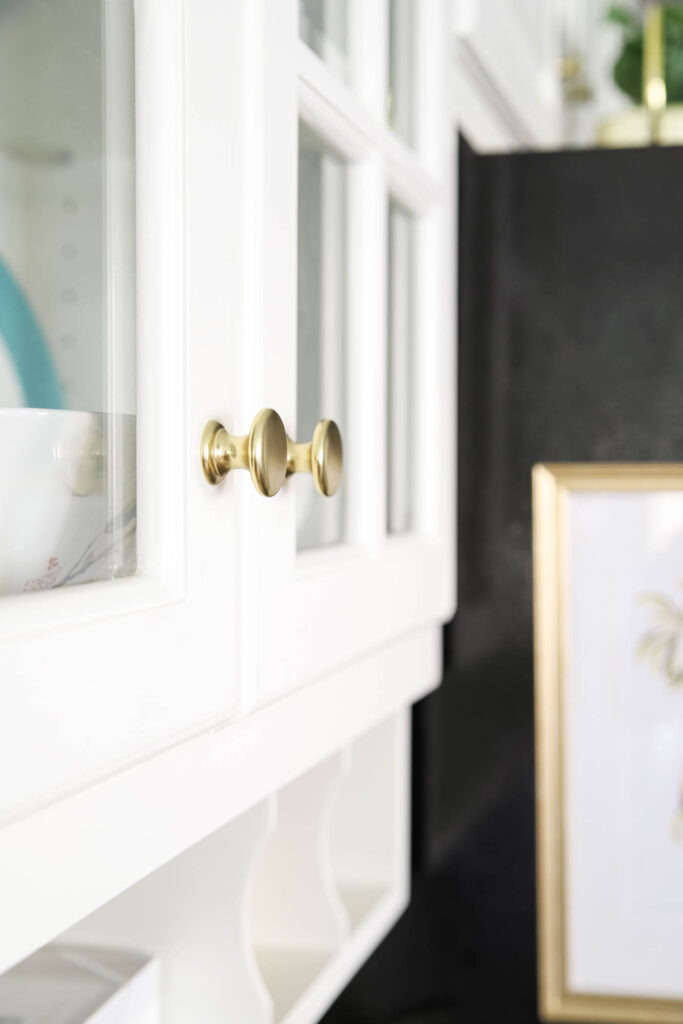
In the past, cabinet knobs were plain, round, and made from wood. Those knobs of decades past have transformed into beautiful variations, although you can still find many lovely options if you like the classic styling.
However, if you want the simplicity of a knob but also want a less common design, you can now find many shapes, materials, and colors. Imagine your kitchen with square, cylinder, geometric, glass, wood, or natural stone knobs. How would they change your kitchen design?
Pulls
Pulls look like short bars and use two screw holes on each cabinet. They are a great alternative to knobs and offer many stylistic options from classic to contemporary and everything in between!
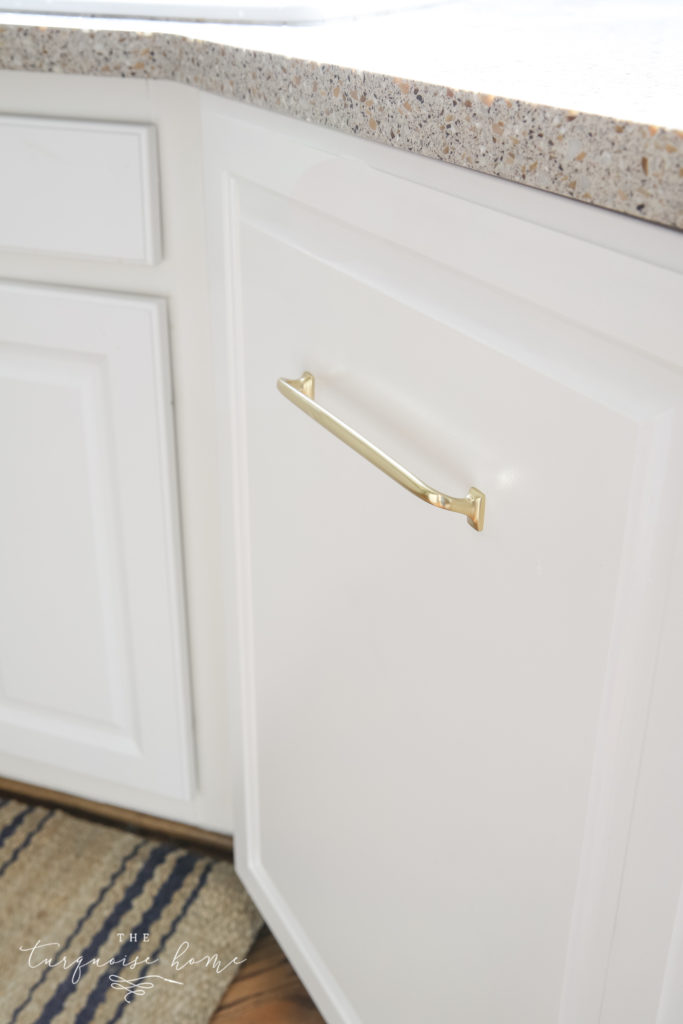
Choosing cabinet pulls takes a little more work than picking out knobs because you need to factor in the size of your cabinets. You want your pulls to be proportional to your cabinet or drawer size. You may even want to use one size of pulls on your cabinets and a different size on your drawers.
Learn how to measure and install new cabinet pulls (the easy way!)
Cup Pulls
These cabinet pulls look like an upside-down cup, and you slide your fingers underneath to grasp them. They’re very functional and add a little something extra to the decor. They look timeless, offer a personalized touch, and are available in many different shapes, sizes, and styles.
NOTE: Because they are designed to be grasped from the bottom, cup pulls are only used on base cabinet drawers.
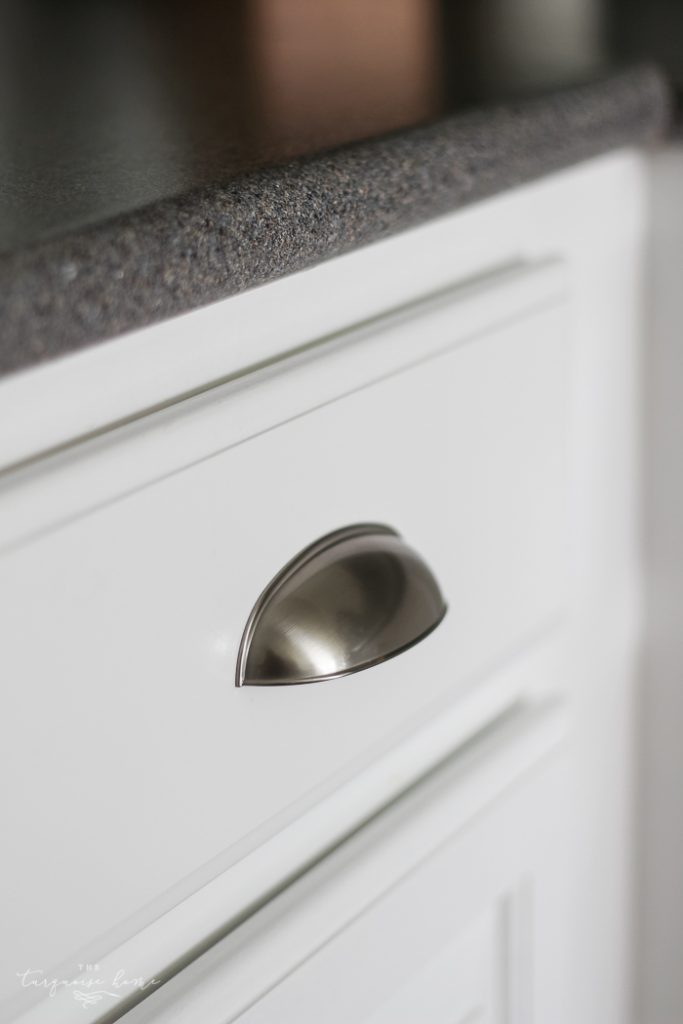
Cabinet Latch
This style of cabinet knob is rising in popularity because it immediately invokes a sense of history and charm. A cabinet latch consists of 2-3 pieces that cover the opening of a cabinet.
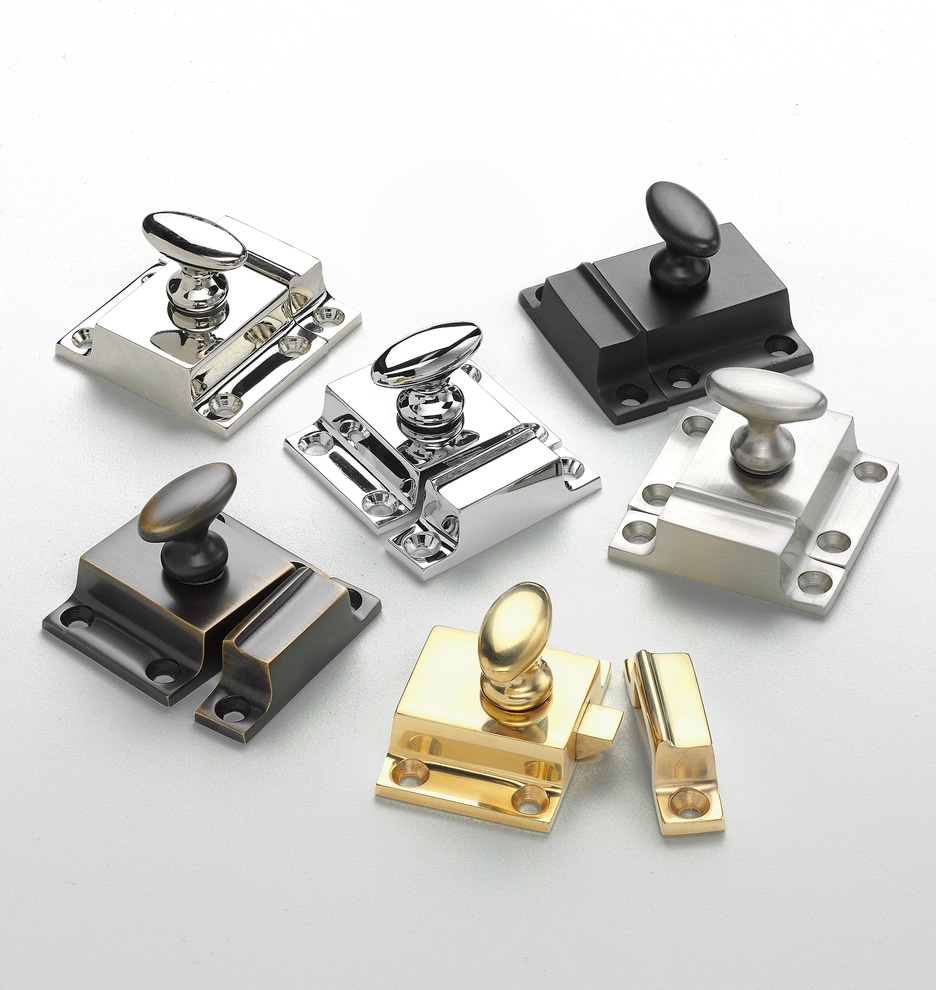
While this style works best with inset cabinets, you can also use them on the front of two overlay cabinets. Just make sure the cabinet doors are butted up right next to each other.
It’s also best to use the cabinet door latches on storage cabinets, not your everyday use cabinets.
Finger Pulls or Edge Pulls
This modern style of hardware (also known as tab pulls) is positioned on the top of the door or drawer and hangs off the edge to create a small lip to grab and pull. It’s common to place them in the middle of the panel, but can also be used on the outer edges.
They are a sleek design that minimizes the look of hardware on the drawer front. I would put this style in a modern home, not a traditional one.
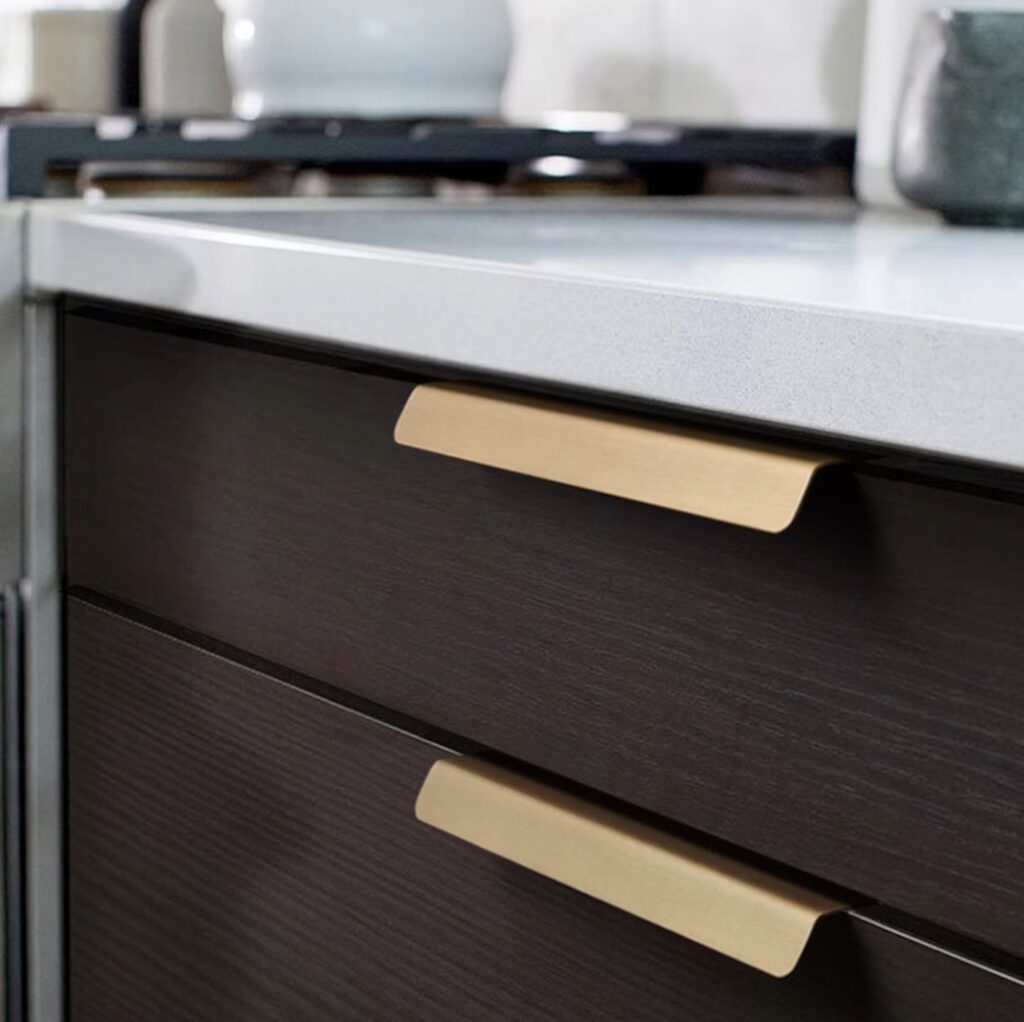
This post contains affiliate links for your convenience. See my full disclosure policy.
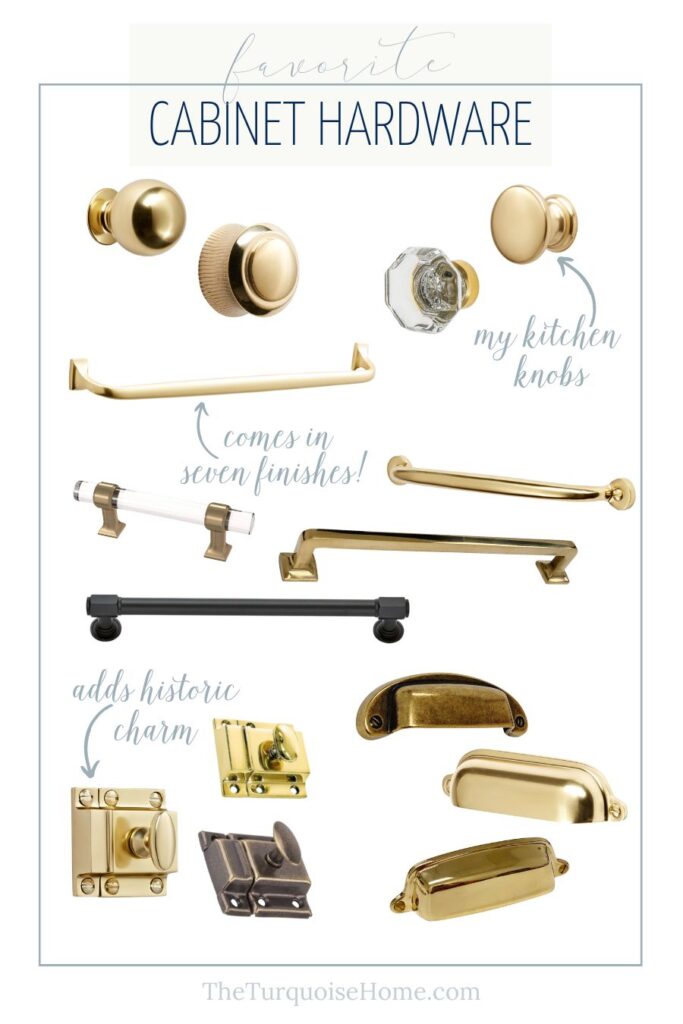
SOURCES: Ball Knob | Rigdon Knob | Waldorf Crystal Knob | Vernon Mushroom Knob | Vernon Brass Drawer Pull | Massey Drawer Pull | Acrylic Drawer Pull | Unlaquered Brass Mission Style Pull | Hassalo Appliance Pull | Oval Cupboard Latch | Unlaquered Brass Latch | Antique Brass Cabinet Latch | Antique Brass Drawer Pull | Vernon Bin Pull | Polished Brass Cup Pull
Knobs vs. pulls
Traditionally, cabinet doors have knobs, and drawers have pulls. However, it all comes down to personal preference because you could mix and match them or use them interchangeably for all of your cabinet hardware.
Personally, I prefer a knob almost always over a pull. It’s a classic design and doesn’t make your room look too linear, with a bunch of lines all over the place. But pulls certainly have their place when mixed in appropriately.
Cabinet Construction Terminology
As we move into suggestions and tips for cabinet knob placement, let’s get on the same page with terminology. Here are a few terms to know:
- Rails – Think of fence rails. On cabinets, the rails are the horizontal pieces of wood at the top and bottom (and sometimes the middle) of the cabinet doors.
- Stiles – These are the vertical wood pieces on either side of cabinet doors. Just remember that “stiles stand” if you get confused.
- Panels – This is the center part of the door between the rails and stiles.
NOTE: Some cabinet doors are completely flat, solid doors without any rails, stiles, or panels.
Cabinet Hardware Placement for Doors
Ultimately, my placement suggestions balance maximum functionality and aesthetic appeal. Use these tips as basic guidelines for installing knobs and pulls, and just know that you can adjust them according to your personal design styles.
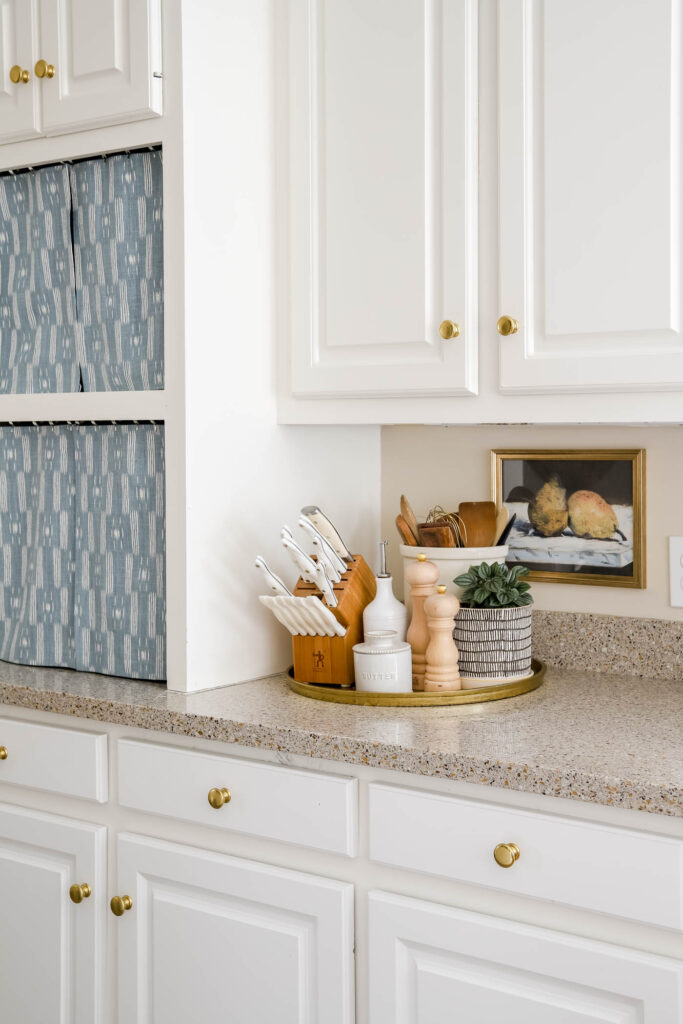
Cabinet Knob Placement
Align knobs with the inside rail edge and install them on the stile opposite the hinges, about 2.5” to 3” from the corner of the door. Place knobs in the bottom corner for upper cabinets and the upper corner of the door for lower cabinets.
Cabinet Handle Placement
If you’re using pulls on doors, position them vertically and use the same 2.5” – 3” reference point. Center them horizontally on the stile. For upper cabinets, the bottom hardware hole will be in that range, and the upper hole be placed at the other end of the pull.
Lower cabinets will work in reverse. Insert the top screw in that 2.5” – 3” range and insert the bottom screw at the appropriate distance for the length of the pull and the width of your drawer.
Cabinet Latch Placement
Cabinet latches have to be positioned on the cabinet stiles or sometimes even on to the cabinet panels. It’s just like the other style knobs and pulls in that you want to position the latches 2.5″ – 3″ up from the bottom of the upper cabinet door or from the top of the lower cabinet door.
Cabinet Hardware Placement for Drawers
Drawers don’t have hinges to work around, so the knob and pull placement guidelines differ from a cabinet.
Drawer knob positioning
When adding knobs to drawers less than 24” in width, center one knob horizontally and vertically on the panel. Shaker cabinets are the exception to this “rule” because you can place a knob in the center of the flat top rail if you prefer a more contemporary look.
For drawers longer than 24” wide, install two knobs to provide balance. To ensure that they are evenly spaced, divide the measurement of the drawer into thirds and place one cabinet knob at the one-third mark and the other knob at the two-thirds mark.
Drawer pulls positioning
Install pulls horizontally on standard drawers and center them both vertically and horizontally on the panel or on the top rail. For extra wide drawers, use two pulls. Installing one centered in the right third section and the other one centered in the left third of the drawer.
Drawer cup pulls positioning
Comfort is the priority when it comes to installing and using cup pulls. I recommend installing them either in the center of the drawer panel or the top third of the drawer, so you don’t have to reach down as far to use them.
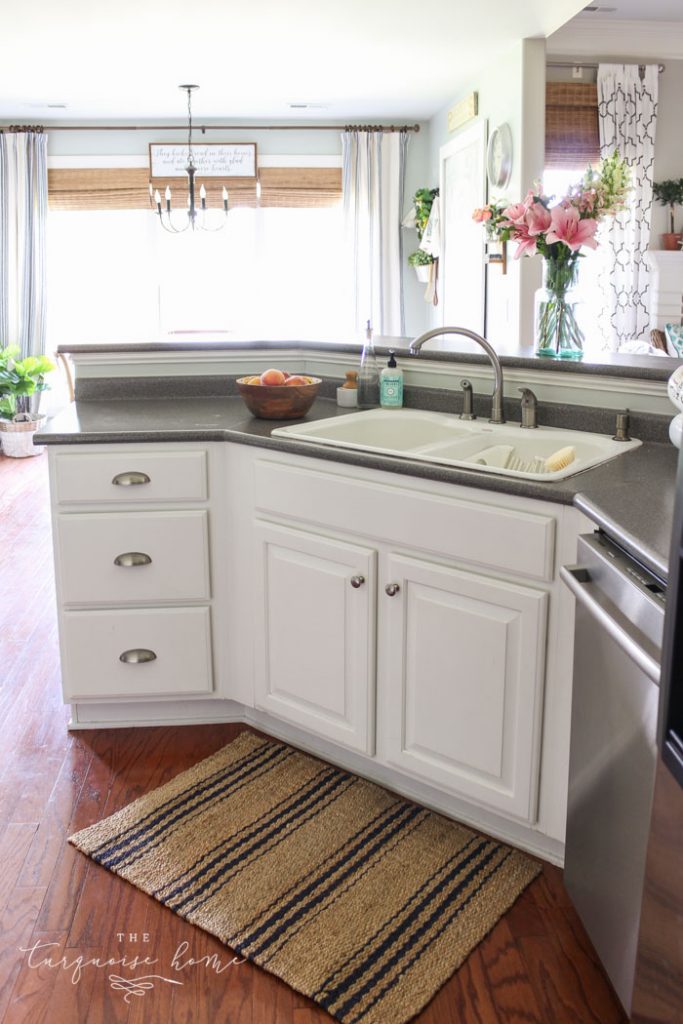
In the photo above, I placed my cup pulls in the center of the drawers and they worked just fine!
Hardware for Appliances
Create a seamless design in the kitchen by using panel ready appliances! This way the dishwasher will look like a cabinet. But you have to be mindful when choosing hardware for appliances because choosing a handle for a dishwasher is different from choosing a knob for a cabinet.
An hardware for drawers and cabinets is not made to withstand the weight of an appliance door. So, you’ll need to choose an appliance hardware designed specifically for your paneled appliances, such as refrigerators, dishwashers, or microwaves.
The appliance hardware can be used to create a uniform and cohesive look in the kitchen.
For example, if the cabinets in the kitchen have brushed nickel handles, the paneled dishwasher can have matching brushed nickel hardware installed on the panel. This will create a cohesive look in the kitchen and prevent the paneled appliance from standing out as a separate element.
By carefully selecting the right hardware, you can create a seamless and stylish look in your kitchen.
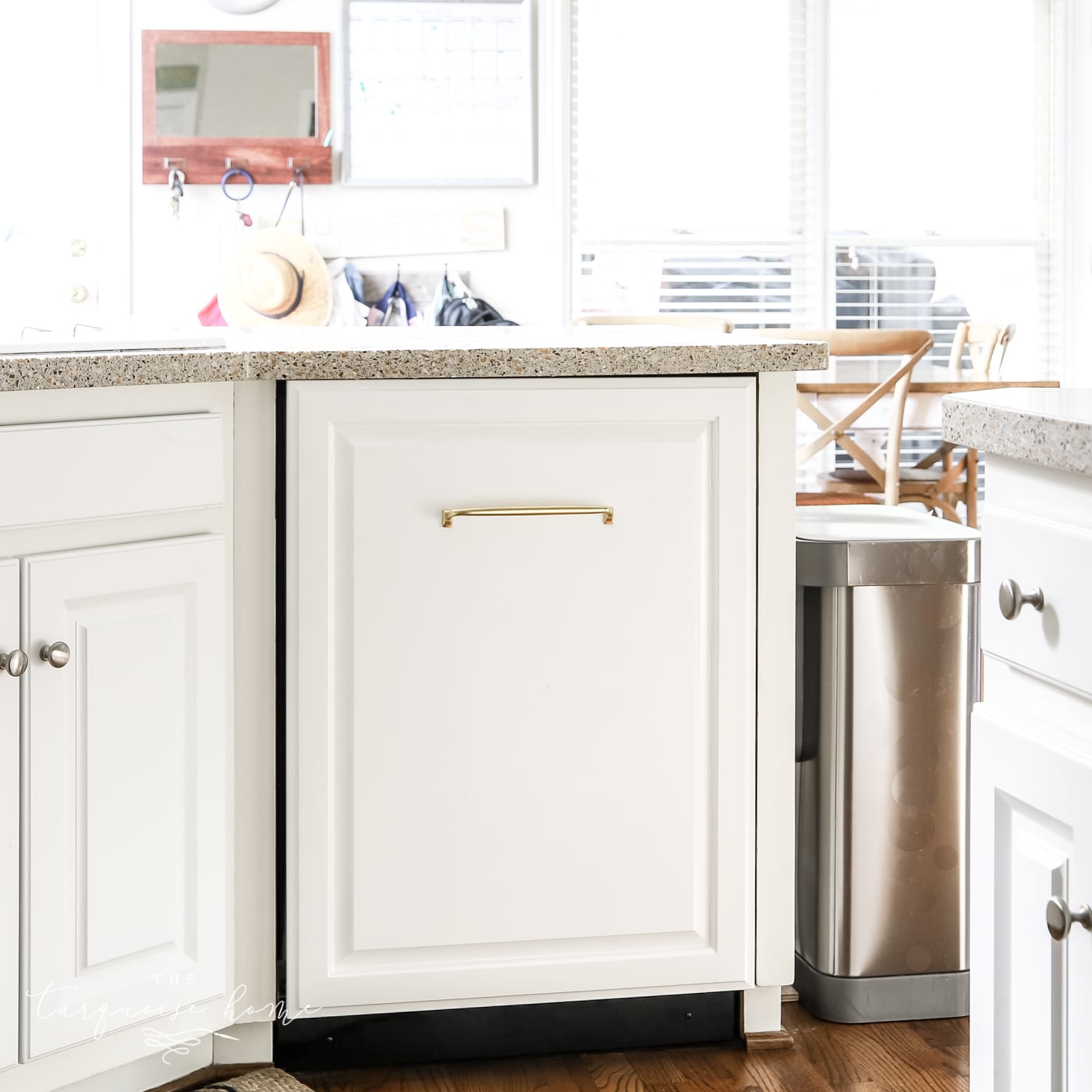
Tips to keep in mind
Here are a few small tips that can help make installing cabinet hardware easier.
- If you’re updating your kitchen by replacing the handles, get cabinetry knobs and pulls that measure the same length as the hardware you’re replacing so you can reuse the holes.
- Make sure that your doors and drawers are level before drilling any holes.
- If you’re installing hardware on new cabinets, create a pre-measured drilling template to ensure you mark the holes in the right spot each time.
- Using your cabinet knobs and pulls should feel comfortable in your hand. Functionality trumps aesthetics, so choose hardware that feels good.
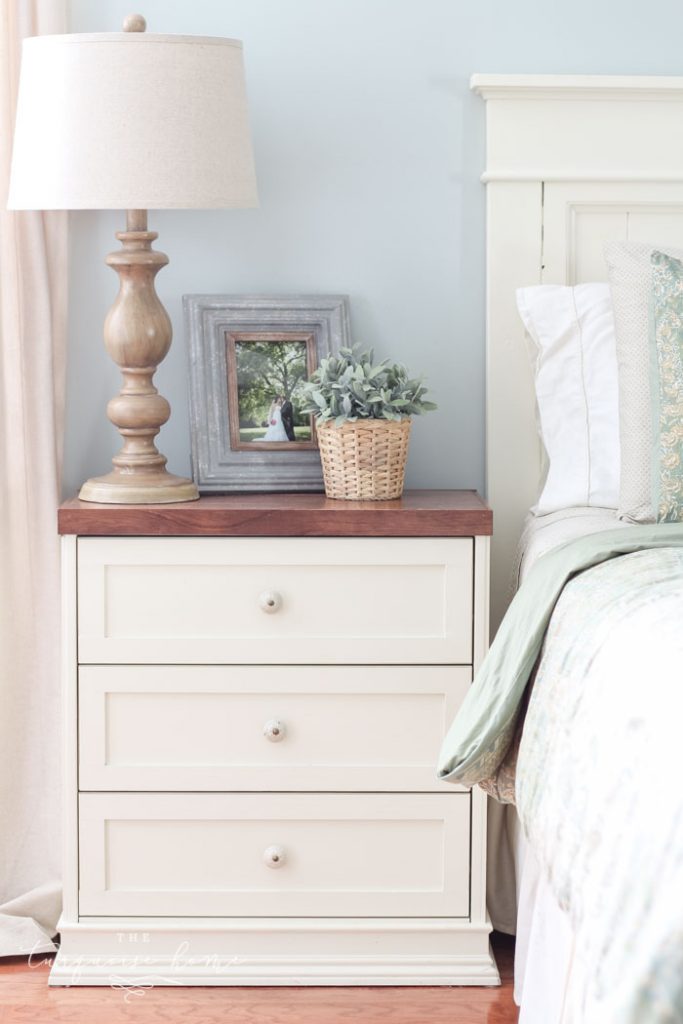
If you’ve found yourself wondering where to put knobs and handles on kitchen cabinets, I hope this post clarified it for you.
Remember, use the tips and suggestions I gave as basic guidelines. Ultimately, the exact cabinet knob placement will depend on personal preference around aesthetics and practicality.
More Posts You Will Love:

